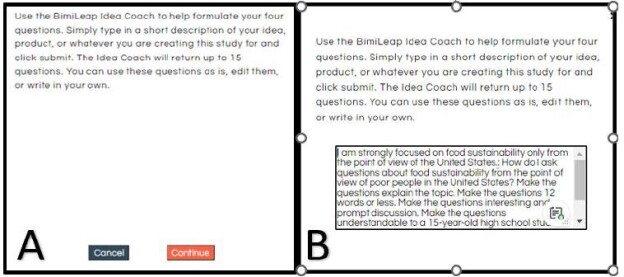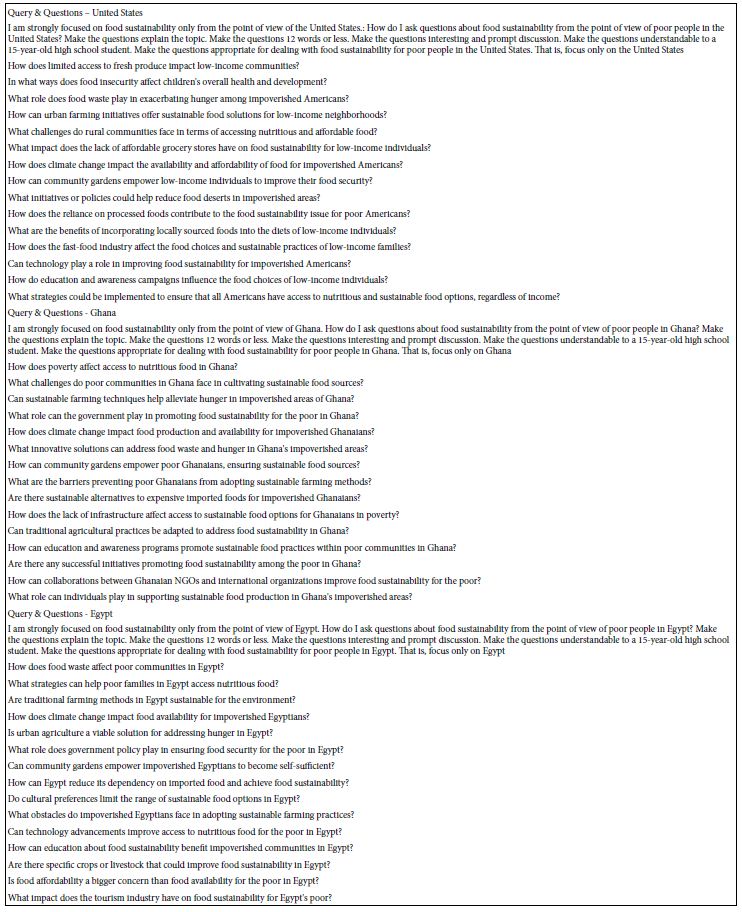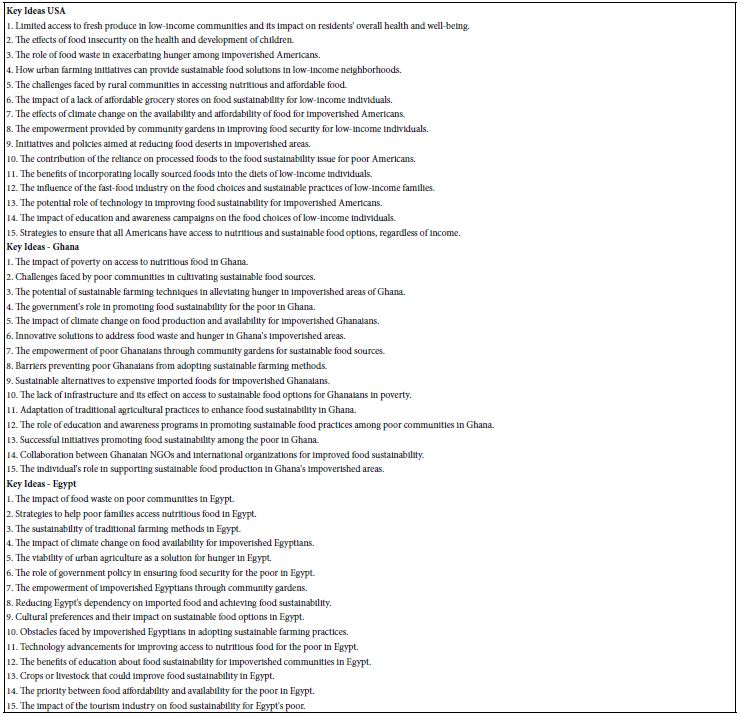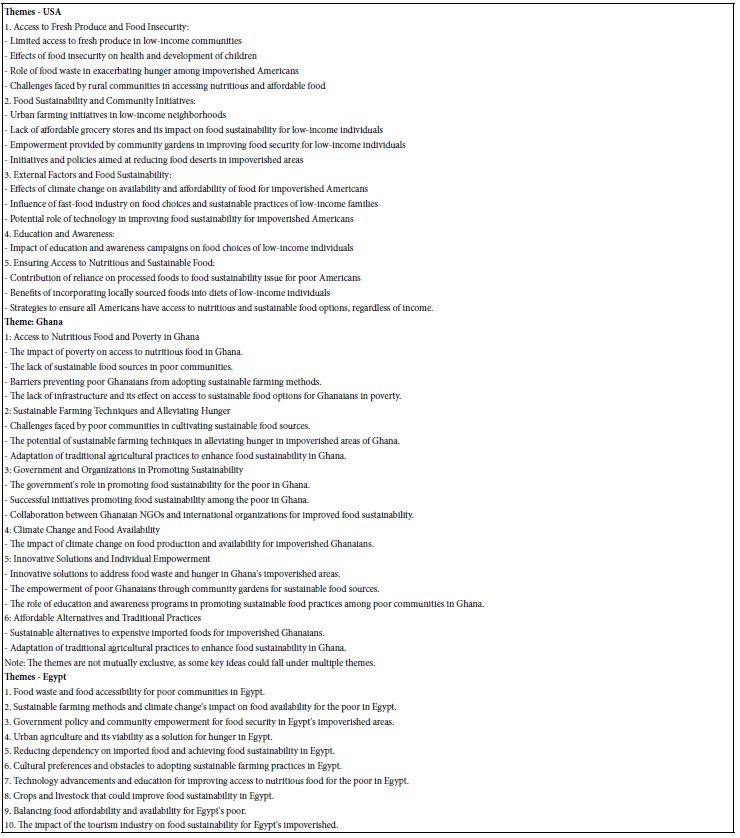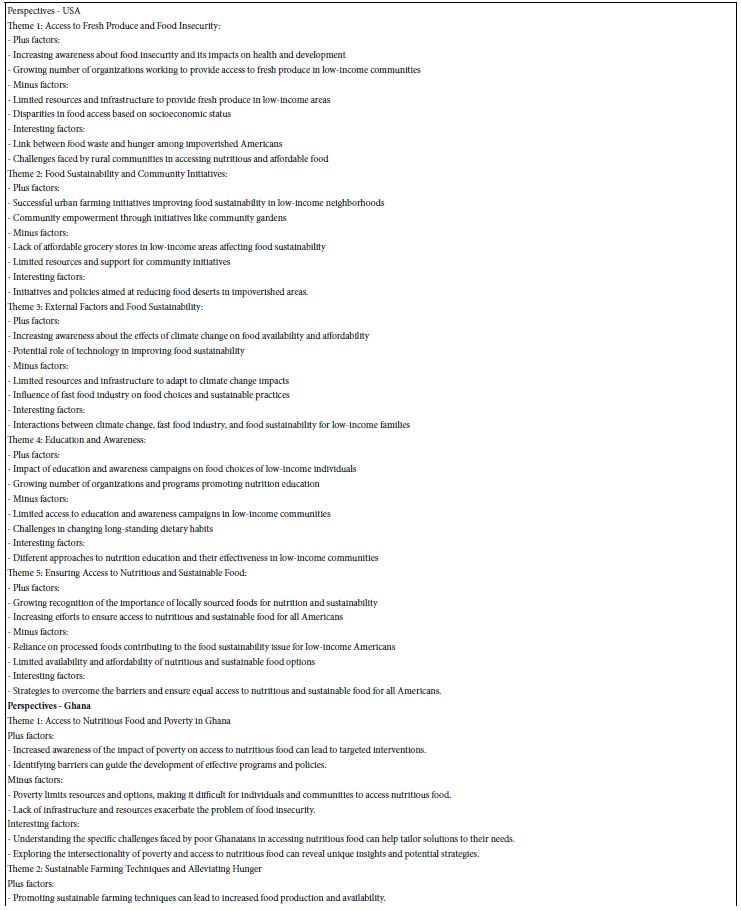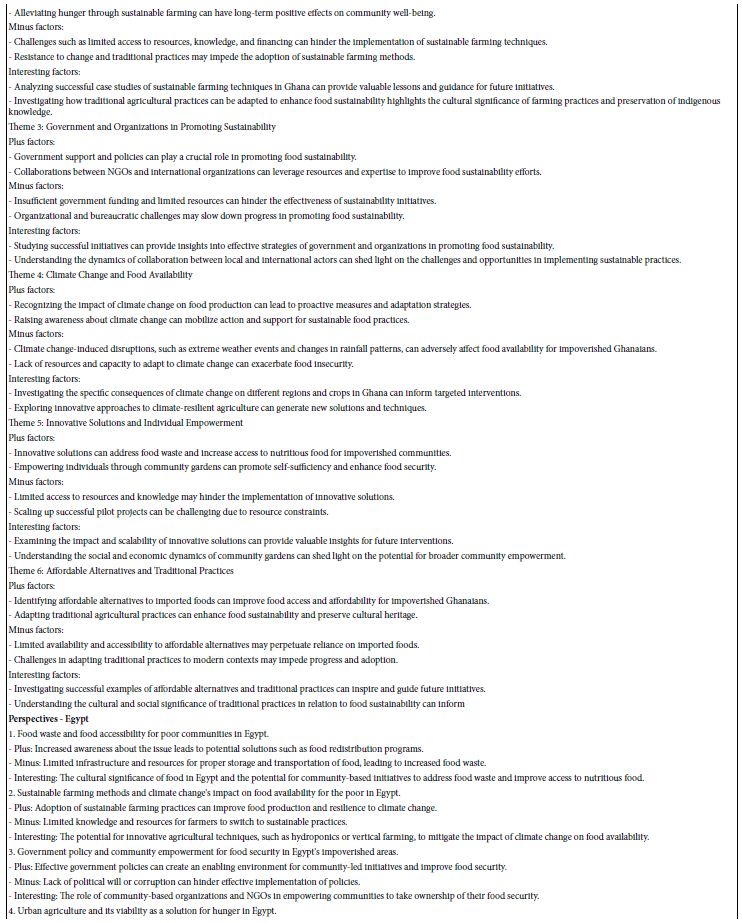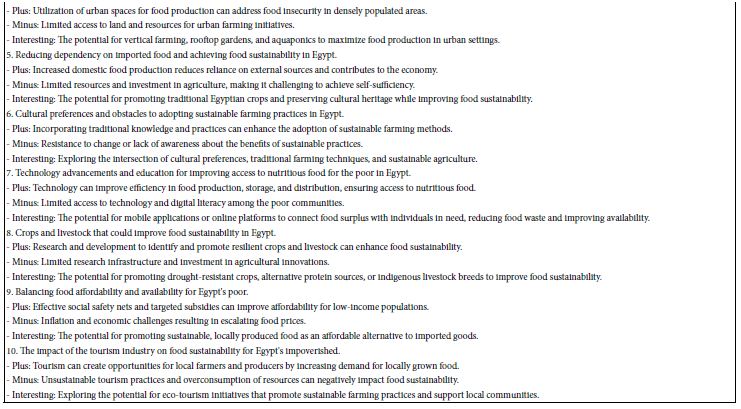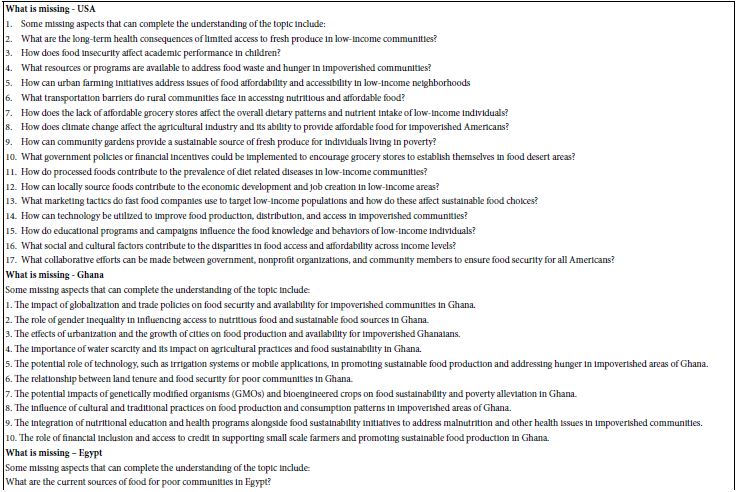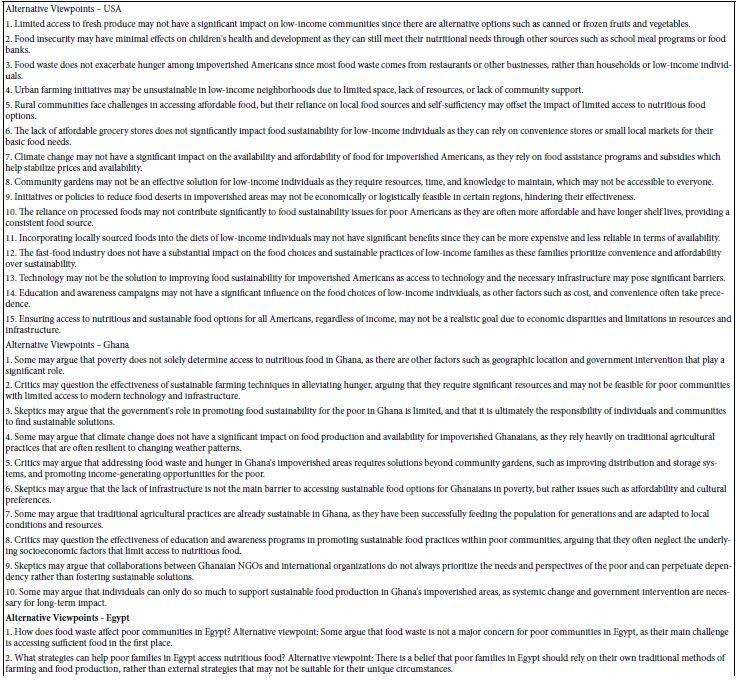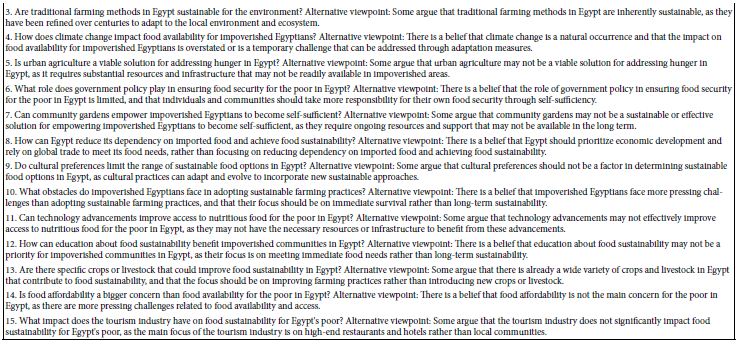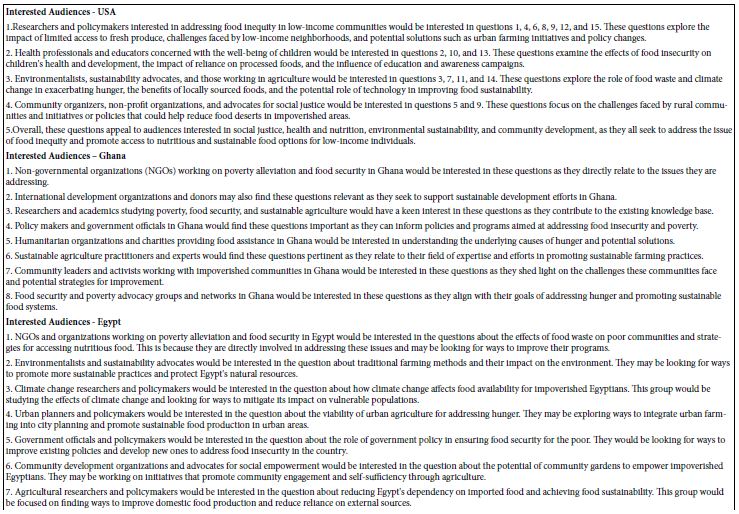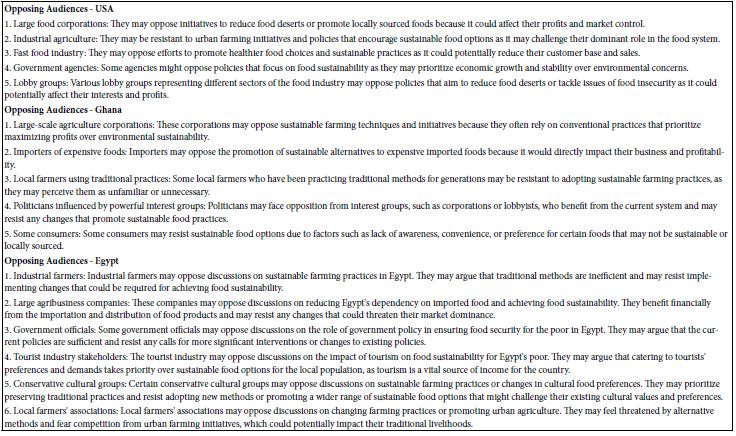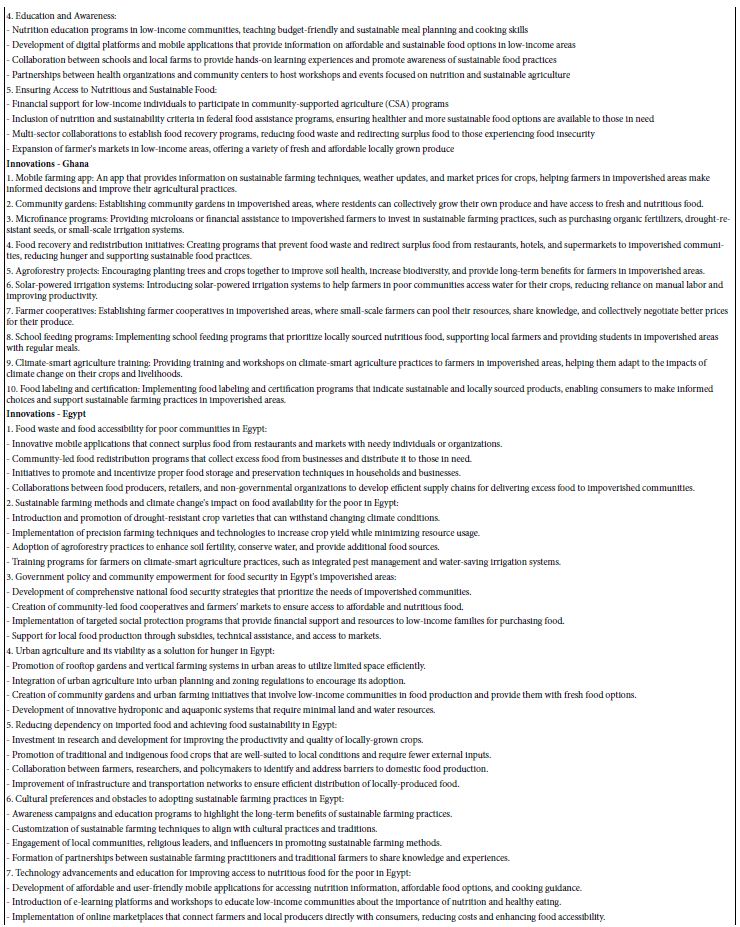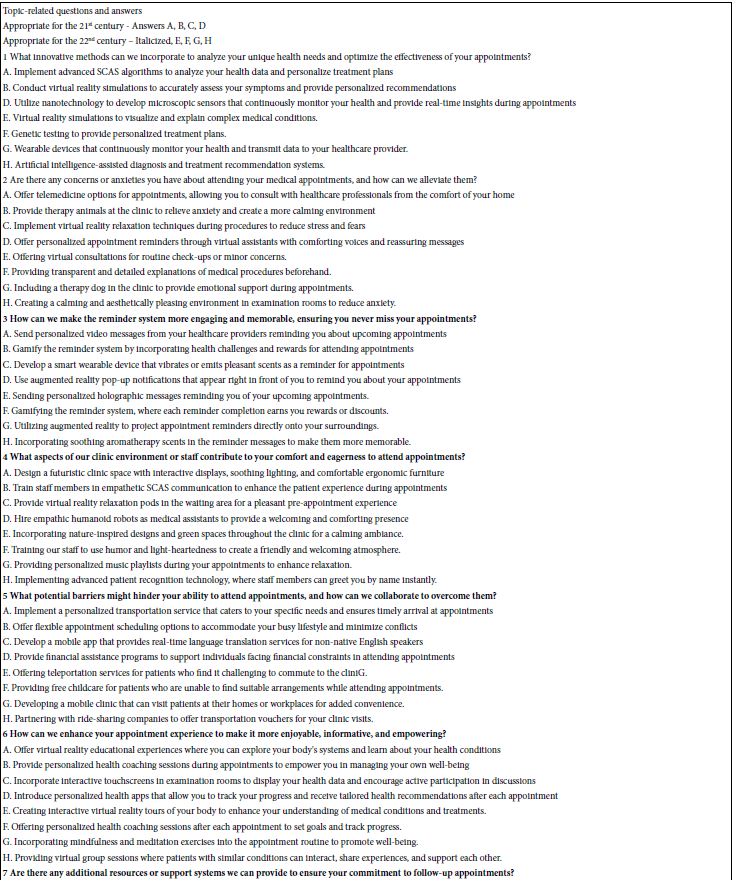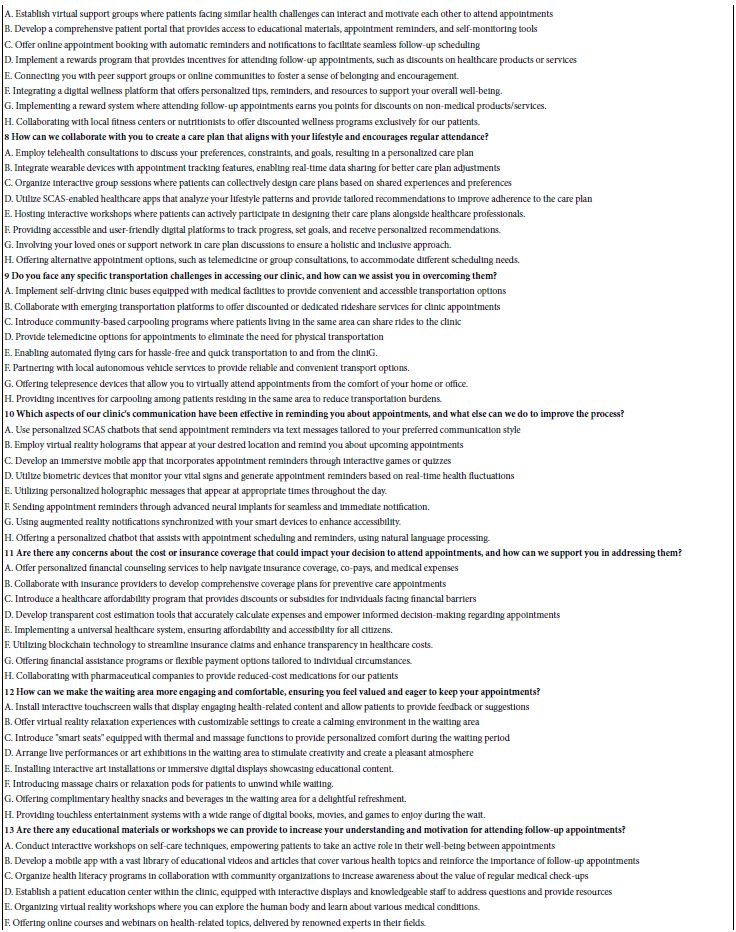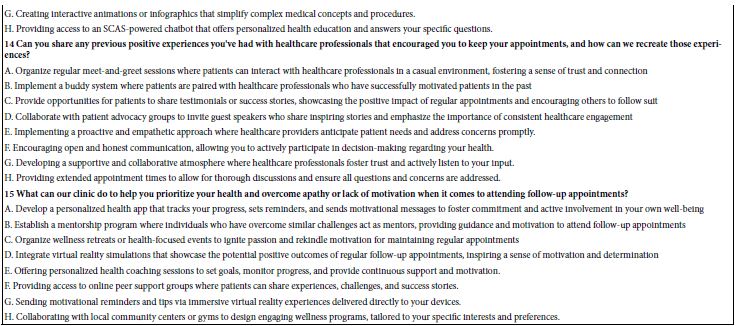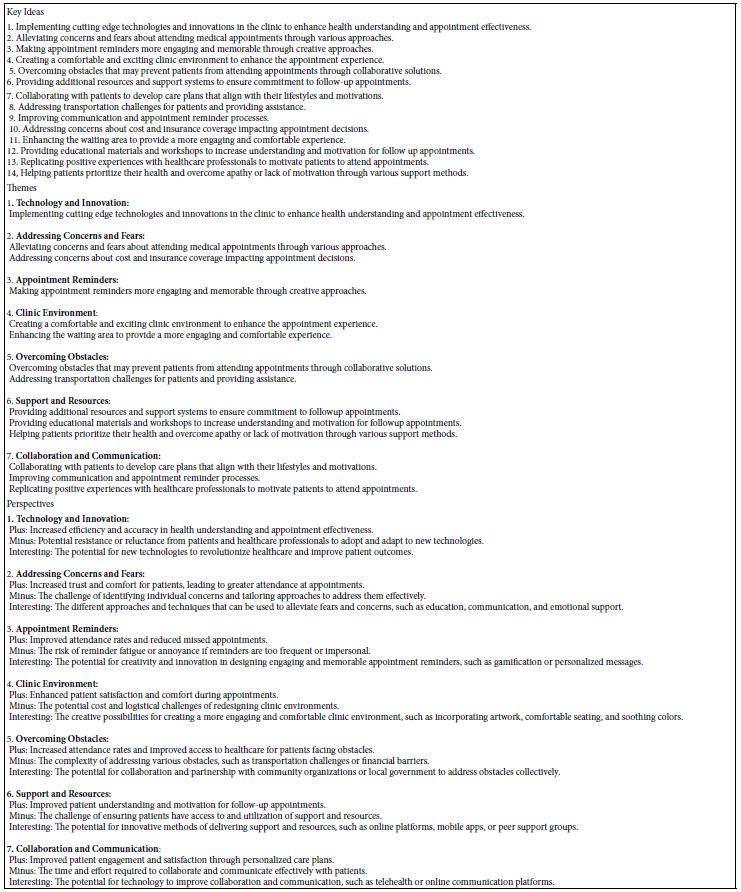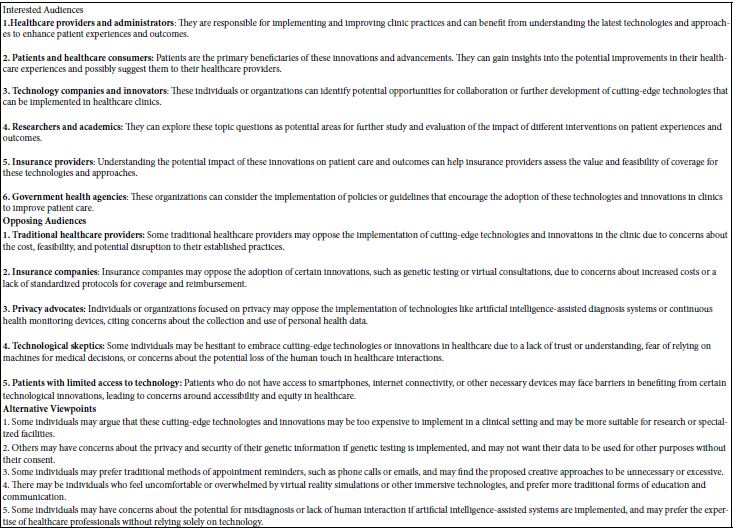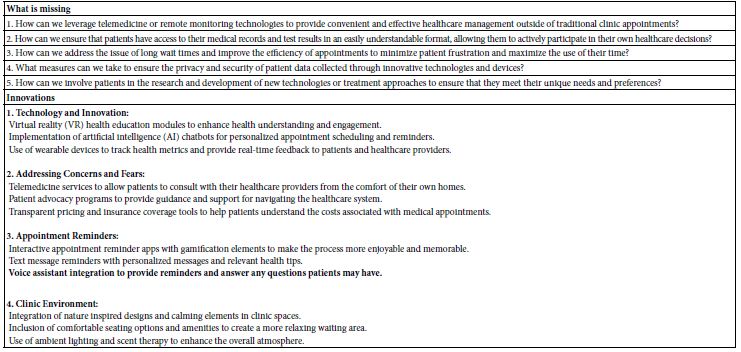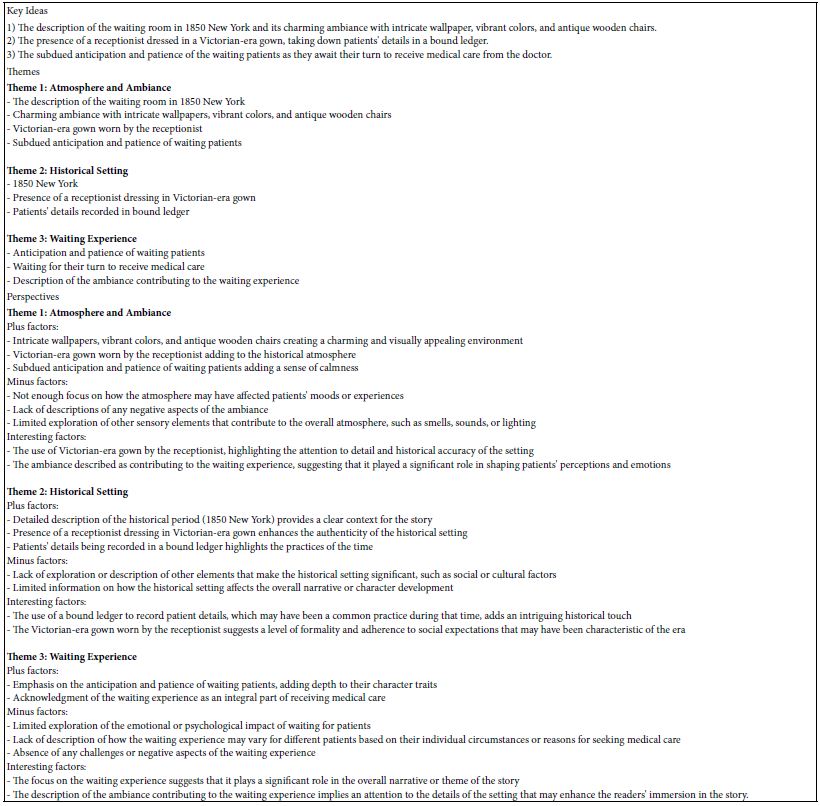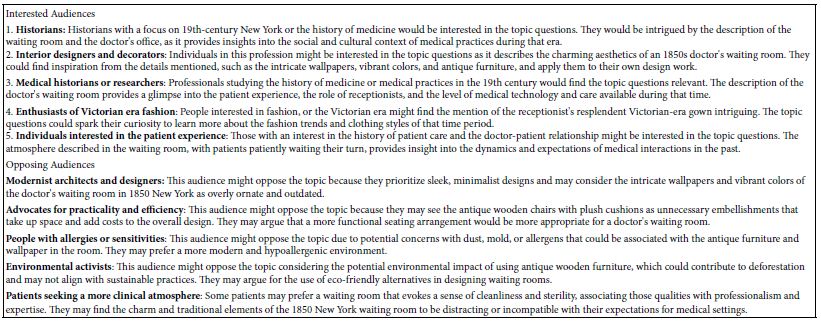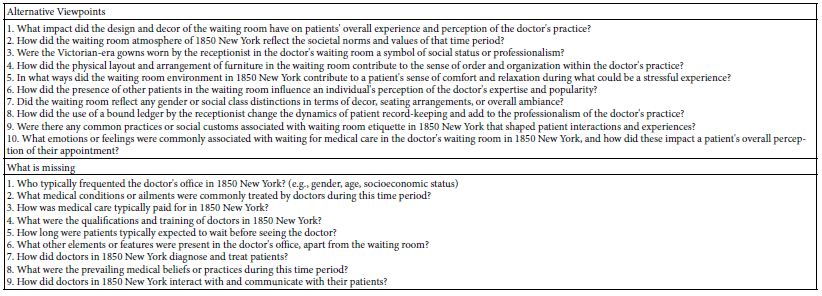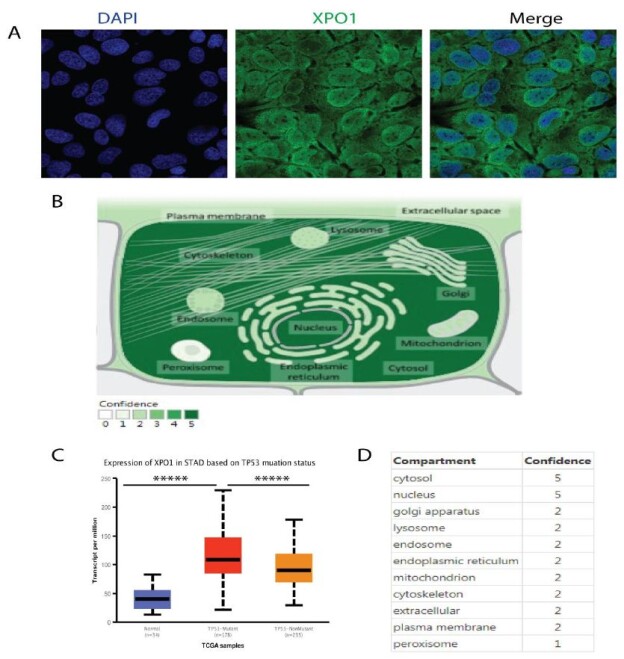Abstract
Introduction: Theoretical teaching in endodontics is based on lectures delivered by qualified professionals. Recent advancements explore options such as case based learning (CBL), that allow students to apply their knowledge to real-world clinical scenarios.
Objective: To evaluate the effect of CBL on clinical problem solving in endodontics, in a cohort of dentists enrolled in an “endodontic case series” workshop.
Methodology: An Endodontics Case Series Activity (ECSA) was organized at the Aga Khan University Hospital, Karachi. The enrolled participants and attendees participated in a pre-activity assessment, through Google Form. The form consisted of 5 clinical scenario based multiple choice questions (MCQs), based on dental trauma, iatrogenic errors, regenerative endodontics and guided endodontics. The participants then attended the ECSA, where post-graduate trainees presented the management of complex endodontic cases, surrounding the same themes, which was followed by an interactive discussion. After the workshop, the same MCQs were re-attempted to assess any changes in managing the same five clinical scenarios after attending the ECSA. Additionally, nine questions regarding the perception of CBL were also included in the post-test questionnaire.
Results: Of the 28 participants, 64.3% were post-graduate trainees of Operative Dentistry and Endodontics, whereas the remaining participants were trainees from other dental specialties (10.7%) general dentists (17.9%), undergraduate dental students (7.1%). Fifty percent of the participants reported that CBL improved the implementation of key concepts, 51% responded that CBL allowed an improved treatment planning and problem-solving skills and 68.2% reported that CBL encouraged their interest in endodontics and self-learning.
Conclusion: CBL may improve the clinical problem-solving skills for students and trainees, however, large scale studies are required to further establish the true effectiveness of CBL in training and education.
Introduction
When discussing the different methods to teach endodontics, it goes without saying that there can be no single ‘best method’ [1]. Didactic lecture-based learning formats have been considered highly effective in disseminating a large quantity of information to a large number of students. However, it is a passive form of learning, which often leaves students uninterested or demotivated. This passivity may impede active engagement, critical thinking, and the application of theoretical knowledge to practical scenarios. Recognizing these disadvantages, there has been a shift towards more interactive student-centered learning approaches which include problem based learning (PBL) and Case based learning (CBL) [2-4].
CBL and PBL are both student-centered active learning methods that aim to engage students and foster deep understanding [5]. However, each method has its own distinct characteristics [6]. CBL, initially applied in medical education by the Anatomy Department of the Medical School in Newfoundland, Canada, is an interactive, instructor-led learning technique. Conversely, PBL is a student driven learning method in which students takes the lead in identifying problems, conducting research and finding solutions.In PBL no prior knowledge regarding subject is required whereas, CBL requires students to have some past knowledge that can benefit in problem solving [7]. Though both the methods connects theory to practice by applying knowledge to cases utilizing inquiry-based learning methods, but CBL stands out in its emphasis on a more structured learning environment with instructor guidance, contributing to the preparation of students for clinical practice by exposing them to real-life clinical cases [8].
In recent years, studies have proven CBL to be an effective teaching method currently used in various health disciplines such as medicine, allied health, child developments and some aspects of dentistry [9]. As depicted in literature, in a study by Bi M et al. conducted on postgraduate trainees of medical oncology, reported CBL is an efficient teaching method for improving problem-solving abilities when compared to traditional teaching method [10]. Another study by Shigli et al. conducted to evaluate the effectiveness of CBL in the field of prosthodontics, concluded CBL to be a useful method in enhancing the knowledge of dental interns [11]. Despite this positive outcome, there is a notable gap in the literature concerning the implementation of this innovative approach in the field of endodontics, particularly in our geographic region. Moreover, endodontics is inherently procedure-based, underscoring the significance of integrating clinical experience into training programs. Given this context, the aim of our study is to evaluate the perception and to compare the knowledge of participants related to endodontic clinical cases both pre and post CBL activity using a questionnaire, providing valuable insights into the potential effectiveness of CBL in the field of endodontics.
Materials and Methods
The participants of this study were post-graduate trainees of Operative Dentistry and Endodontics from several renowned institutes, along with their supervisors. However, attendees included undergraduate dental students, post-graduate dental students of all dental specialties and general dental practitioners. Ethical approval was not considered necessary for the activity. Figure 1 presents a diagrammatic representation of the process of data collection.
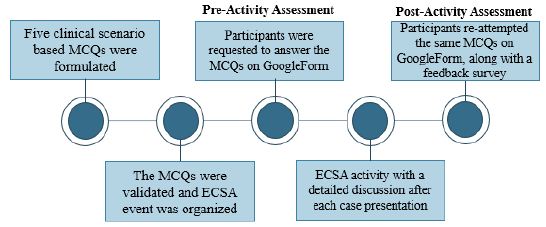
Figure 1: Diagrammatic representation of data collection illustrating CBL activity
Endodontic Case Series Activity
Post-graduate trainees of Operative Dentistry and Endodontics from various institutes were invited to present their clinical cases at the Aga Khan University Hospital, to participate in the “Endodontic Case Series Activity” (ECSA). The trainees were requested to share a pre-recorded presentation of their clinical case, with well-documented photographs and radiographs. Among the received cases, 5 cases were selected by two faculty members to include the following themes: Dental Trauma, Regenerative Endodontics, Guided Endodontics, Complex Endodontics and Iatrogenic Errors. The presenting candidates were requested to prepare a 5-minute pre-recorded video presentation of their case according to a provided template. The template included the relevant medical and dental history, presenting complaint, treatment planned, treatment provided and follow-up. After each presentation, the presenter was addressed regarding any questions and an interactive panel discussion took place, encouraging participation from the audience. The panel consisted of 2 international and 3 national specialists in the field of Operative Dentistry and Endodontics, with over ten years of clinical experience.
Questionnaire Development
To assess the responses of the participants and attendees regarding clinical problem solving in endodontics, a questionnaire was developed, with 5 multiple choice questions (MCQS) based on: Dental trauma, Endodontic treatment planning, iatrogenic errors, application of guided endodontics and regenerative endodontics. These MCQs were part of the Operative Dentistry and Endodontics MCQ bank, where each MCQ is reviewed by 7 post-graduate trainees and 3 endodontists, and an answer key is decided. However, since the questions were modified, Content Validation Index was employed (CVI) to evaluate the validity of the questions. A panel of 4 experts were tasked with reviewing the questionnaire items for relevance and clarity. These 4 experts included general dentist, consultant, biostatistician, and an epidemiologist. Each questionnaire item was assessed by the experts based on relevance and clarity and was rated on a scale of ‘1’ to ‘4’ with ‘1’ being not relevant/not clear to ‘4’ being highly relevant/very clear. A score of ‘1’ or ‘2’ rated by experts is designated as 0 while a score of ‘3’ or ‘4’ is designated as 1. An average of this score is calculated to determine the CVI. Typically, a CVI score of 0.80 or higher is considered indicative of satisfactory content validity. In our study, the combined evaluations of all four experts yielded an exceptionally high CVI score of 0.95, affirming the questionnaire’s outstanding precision and reliability in effectively capturing the required information.
Pre-Activity and Post Activity Assessment
The formulated questionnaire was distributed amongst the participants and attendees using online GoogleForm and the total scores were recorded. After the ECSA, the same questions were then distributed along with another questionnaire which assessed the perception of the ECSA in the attendees and participants, using a Likert’s scale.
Statistical Analysis
Responses from the study questionnaires were recorded using GoogleForm. The data was only shared with the three authors carrying out the study and was stored in a password protected file. Data was analyzed by using SPSS version 21. Descriptive statistics were reported, including the designation of the participants. The percentage and mean of correct responses was calculated according to each theme for both the pre-activity assessment and the post-activity assessment. To compare the mean pre-activity and post-activity scores, the paired sample’s t-test was applied. The level of significance was kept at<0.05.
Results
A total number of 28 participants were enrolled in the ECSA. Eighteen of these participants were post-graduate trainees from Operative Dentistry and Endodontics, three were residents from other specializations, five were general dentists and two were undergraduate dental students as depicted in Figure 2. The percentage of correct responses for the pre-activity assessment for dental trauma, iatrogenic errors, regenerative endodontics, surgical endodontics and guided endodontics were 20%, 86.7%, 60%, 86.7% and 60% respectively as evidenced in Table 1. The mean pre-activity score was 3.20 (1.01), whereas the post-activity score was 4.13 (0.83). A statistically significant improvement was noted in the post-activity score (p-value=0.014) as shown in Table 2. The participants feedback revealed a positive response, with a majority of the participants rating the activity as ‘4’ for improvement in treatment planning, encouraging interest, self-learning and enthusiasm, as evidenced in Figure 3.
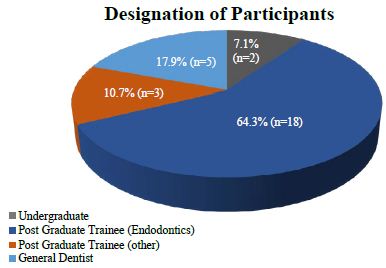
Figure 2: Graphical representation of demographic data
Table 1: Participant Response on Pre-Test and Post-Test Assessment
|
Themes |
Correct responses (Total number of participants: 28) | |
| Pre-ECSA (%) |
Post-ECSA (%) |
|
| Dental Trauma |
20% |
33% |
| Iatrogenic Errors |
86.7% |
100% |
| Regenerative Endodontics |
60% |
86.7% |
| Surgical Endodontics |
86.7% |
93.3% |
| Guided Endodontics |
60% |
80% |
| ECSA: Endodontic Case Series Activity | ||
Table 2: Comparison of pre & post activity score
|
Time of Assessment (No. of participants) |
Mean scores (SD) |
p-value |
| Pre-Activity (28 participants) |
3.2 (1.01) |
0.014* |
| Post-Activity (28 participants) |
4.13 (0.83) |
|
| *Paired sample t-test, p-value < 0.05. | ||
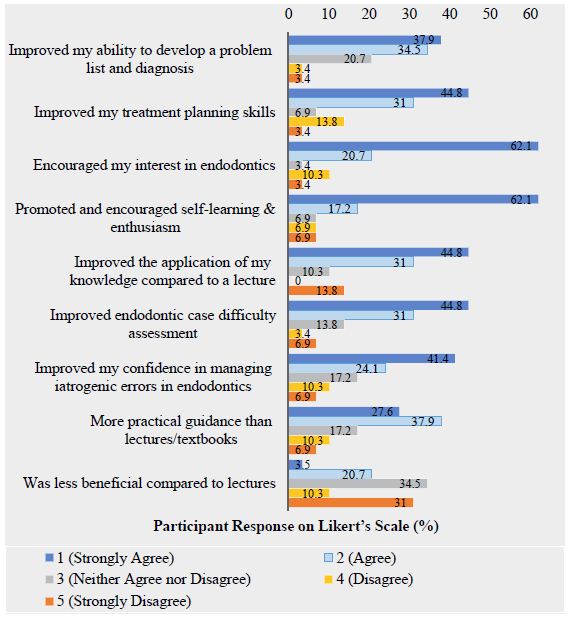
Figure 3: Post activity feedback assessing participants’ perception of CBL
Discussion
It’s intriguing how, despite global efforts to embrace more learner-centered teaching approaches in medical education, seminars and lectures continue to dominate in certain regions of the world [12]. The problem with traditional teaching is that it does not promote deep learning. It mainly emphasizes rote memorization and information transmission rather than promoting critical thinking, problem-solving, and a thorough comprehension of the subject matter. On the other hand, small group discussions using CBL model has number of benefits in teaching institutes as it utilizes collaborative learning, develops students’ intrinsic and extrinsic motivation to learn, supplements existing knowledge and supports the development of variety of clinical skills.
The present study uses strategic learning CBL model and investigated its effectiveness by comparing pre-test and post-test results of the participants enrolled in endodontic case series (ECS) activity. ECS activity was a single day workshop conducted in Aga Khan University Hospital, Karachi in which 28 candidates registered for the workshop. The participants enrolled had different levels of expertise ranging from undergraduates to general dentist to postgraduate trainees. In this cohort of variety of participants, majority of them were postgraduate trainees of endodontics (64%), followed by general dentist (18%), post graduate trainees of other specialty (11%) and a smaller proportion of undergraduates (7%). This diversity in expertise level is potentially advantageous as it allows for a comprehensive exploration of how individuals at different stages of their educational or professional journey engage with and benefit from the ECS activity using CBL approach.
The workshop session included a pre-test questionnaire followed by visual-audio presentation by participants on the assigned topics and team based interactive discussion after which a post-test questionnaire assessment was carried out. The questionnaire used in this present study consists of multiple-choice questions retrieved from MCQ bank of department of ‘Operative Dentistry and Endodontics’, AKUH. These questions underwent adaptations based on our study’s specific themes. Themes around which questions were formulated include dental trauma, iatrogenic errors, regenerative, surgical, and guided endodontics. These themes were chosen as they are normally encountered in our dental practice and are a subject of dental education which includes anatomy, microbiology, pathology, radiology and pharmacology.
Furthermore, the modified questionnaire underwent validation by 4 experts of different specialty and CVI was calculated to be 0.95, proving it to be accurate. This high CVI score indicates strong agreement among these experts regarding the relevance and clarity of the questionnaire items concerning the study’s specified themes.
The type of CBL activity employed in the present study is different from those employed in previous studies. For example, a of study by Chutinan et al. was conducted on second year dental students using lengthy survey-based approach to evaluate their perception regarding case-based activity. The authors carried out a survey at three different times to gain a comprehensive feedback at each stage. However, it is possible that the repetitive assessment may have inadvertently led to participant disengagement due to its prolonged nature, which defeats the purpose of active learning methods [13]. On the contrary, the current study adopted a more focused assessment, aiming to capture specific and immediate feedback following the CBL activity. This approach aimed to quickly collect accurate observations, enabling participants to express their responses while the experience was still fresh in their minds.
Interestingly, the mean scores significantly improved after the ECSA in all the five domains. These results are in agreement with those by Shigli et al. who conducted a study on dental interns assessing their knowledge related to hyperplastic tissues in complete denture patients. The authors reported a significant improvement in the post activity assessment (p<0.001). It is noteworthy that the results of our study found a drastic improvement after the ECSA in each theme, except dental trauma management. It appears that this discrepancy might stem from differences in participant knowledge derived from textbooks, IADT guidelines, or practical experiences. Comparing how different resources were used or emphasizing specific areas of their learning process may shed light on why this specific domain did not exhibit a substantial increase post-CBL activity.
Another area highlighted in this study is the perception of participants regarding CBL using Likert scale. When responses were analyzed, majority of them acknowledged that they enjoyed CBL and it also promoted self-learning, improved implementation of key concepts and encourages interest in the field of the subject taught. These results were in agreement with those Shigli et al. who reported that CBL stimulates their study interest, promotes self-learning and facilitates solving clinical problems. The participants also perceived that CBL improved their ability to develop diagnosis & treatment planning skills, expand related knowledge and improve their confidence in solving any clinical problems. The results of the present study are consistent with those of Zhang et al who concluded that CBL is an effective method for improving students’ clinical diagnosis, reasoning, and logical thinking [14]. Interestingly, when participants were asked if ‘CBL was less beneficial than lectures’ a variable response was evident. Majority of them disagreed that CBL was less beneficial than lectures (41.3%) followed by those who neither agreed nor disagreed (34.5%) and a small proportion who agreed with this statement (24.2%). This ambiguity could be due to the diverse learning preferences and experiences among individuals [15,16]. Understanding the reasons behind these disparities is critical to increasing the effectiveness and acceptability of CBL. Exploring the factors influencing participants’ perspectives, such as prior experience to teaching methods, comfort levels with various learning approaches, and perceived strengths and shortcomings of both CBL and lectures, should shed light on this ambiguity.
Despite its novelty, certain limitations were encountered while carrying out this study. Since the study was based on a single day event, it was not possible to provide a comparison of CBL with lecture-based learning. Moreover, since this was a preliminary study, the sample size was limited, and the results should be interpreted keeping these limitations in mind. Our recommendations are that more multicenter longitudinal and randomized clinical trials should be conducted with large sample size to evaluate long term results of CBL in Endodontics.
Conclusion
Participants perceived an improvement in diagnosis, treatment planning and clinical judgement after the ECS activity. Moreover, the CBL activity significantly improved the scores of the participants. However, since this was a preliminary assessment, further research is warranted to develop a better understanding of the role of CBL in teaching endodontics.
References
- Zhao B, Potter DD (2016) Comparison of Lecture Based Learning vs Discussion Based Learning in Undergraduate Medical Students. J Surg Educ 73: 250-7. [crossref]
- Miller CJ, Metz MJ (2014) A comparison of professional-level faculty and student perceptions of active learning: its current use, effectiveness, and barriers. Adv Physiol Educ 38: 246-52. [crossref]
- Tayem YI (2013) The Impact of Small Group Case-based Learning on Traditional Pharmacology Teaching. Sultan Qaboos Univ Med J 13: 115-20. [crossref]
- Zhao WH, Deng L, Zhu W, Su J, Zhang A (2020) The effectiveness of the combined problem-based learning (PBL) and case based learning (CBL) teaching method in the clinical practical teaching of thyroid disease. BMC Med Educ.20: 381-91. [crossref]
- IlgüyMI, Fişekçioğlu EO (2014) Comparison of case-based and lecture-based learning in dental education using the SOLO taxonomy. J Dent Educ 78: 1521-7. [crossref]
- Williams B (2005) Case based learninga review of the literature: is there scope for this educational paradigm in prehospital education? Emerg Med J.22: 577-81. [crossref]
- Nadershahi NA, Bender DJB, Lyon CB (2013) An overview of casebased and problembased learning methodologies for dental education. J Dent Educ 77: 1300-5. [crossref]
- Thistlethwaite JE, Davies DEea (2012) The effectiveness of casebased learning in health professional education. A BEME systematic review: BEME Guide No. 23. Med Teach 34: e421-44. [crossref]
- McLean SF (2016) Case-Based Learning and its Application in Medical and Health-Care Fields: A Review of Worldwide Literature. J Med Educ Curric Dev.3: 39-49.
- Bi, M, Zhao Z, Yang J, Wang Y (2019) Comparison of casebased learning and traditional method in teaching postgraduate students of medical oncology. Med Teach 41: 1124-8. [crossref]
- Shigli KA, Fulari DS, Huddar D, Vikneshan M (2017) Case-based learning: A study to ascertain the effectiveness in enhancing the knowledge among interns of an Indian dental institute. J Indian Prosthodont Soc 17: 29-34. [crossref]
- McManus I, Richards PW, BC Sproston, KA (1998) Clinical experience, performance in final examinations, and learning style in medical students: prospective study. BMJ 316: 345-50. [crossref]
- Chutinan SK,Chien et al (2021) Can an interactive casebased activity help bridge the theory-practice gap in operative dentistry? Eur J Dent Educ 25: 199-206. [crossref]
- Zhang SYZ, YangJW, Zhang C, Shen ZY, Zhang GF, et al (2012) Case-based learning in clinical courses in a Chinese college of stomatology. J Dent Educ 76: 1389-92. [crossref]
- Alfarsi W, Elaghoury AH, Kore SE (2023) Preferred Learning Styles and Teaching Methods Among Medical Students: A CrossSectional Study. Cureus 15: e46875. [crossref]
- İlçin NT, Yeşilyaprak SS (2018) The relationship between learning styles and academic performance in TURKISH physiotherapy students. BMC Med Educ 18: 291. [crossref]
